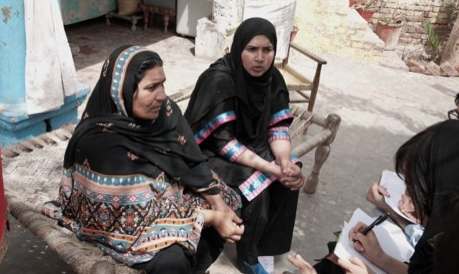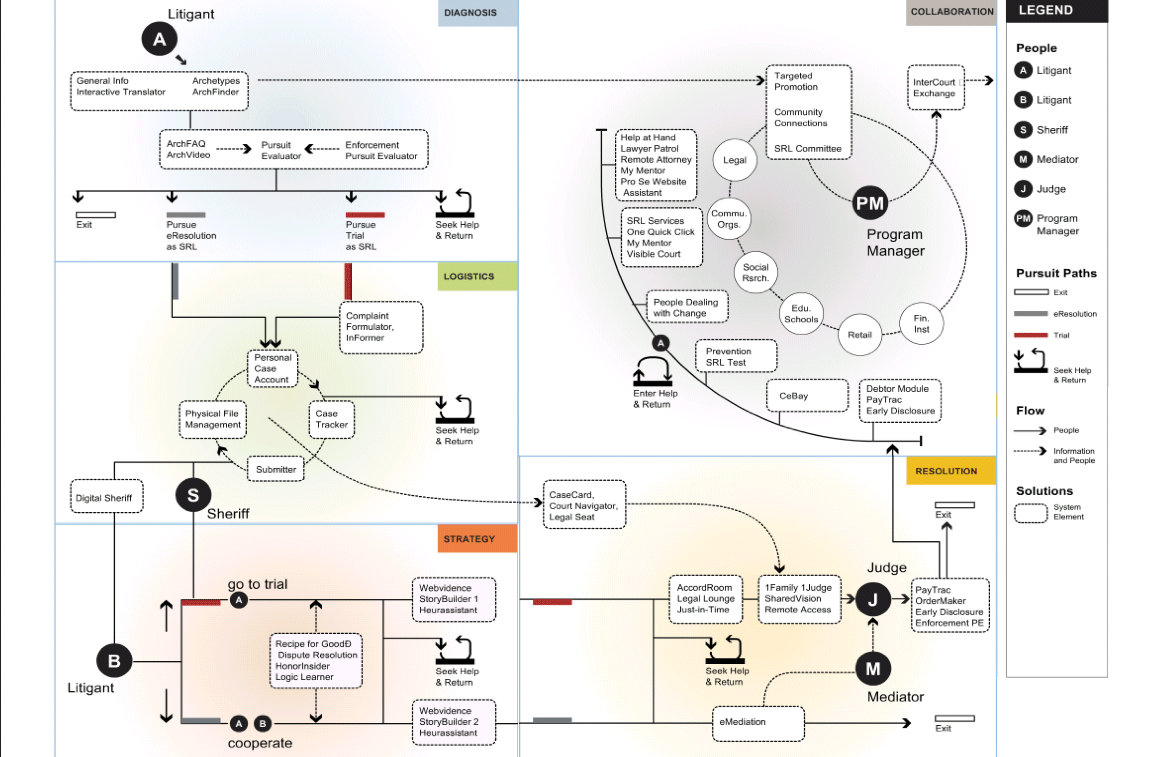As designers increasingly take on social problems abroad as thier own wicked problems to design solutions for, the same questions that have been troubling development specialists for the past 50 years come into focus for them. A Core77 interview with Reboot’s Panthea Lee brings up some of these questions:
“Design for social change is a very “sexy” topic and you see a lot of design firms now going to the public sector and to NGO’s saying, ‘We’re designers, we’re here to help you!’ And they’re like, ‘What are you talking about? You don’t speak our language, you don’t know development theory, you don’t know our approach.’ It helps to know why things are the way they are today because so much of the time you see people jumping in and saying, ‘We’re going to design for change and things are going to be better.’…
I think the challenge with a lot of these products is that people say, ‘We’ve gone in and done our research. We understand the local context.’ And then they go and design something for that existing context: ‘Oh, there’s no energy, there’s no clean water.’ That’s a good temporary solution but… why don’t people have clean water? Why are people hungry? Someone said, ‘Let’s make this emergency food with nutrients so people can have just one meal a day.’ That’s not a solution!
People get really excited that they can do something to help poor people. I think the best thing you can try and do is change that system, whether that’s working with government actors or with communities to unearth insight embedded within. I think that is much better than designing a new product that will solve some temporary thing. Ideally, it’d be great if all these products were obsolete—if these problems didn’t exist to begin with!”



